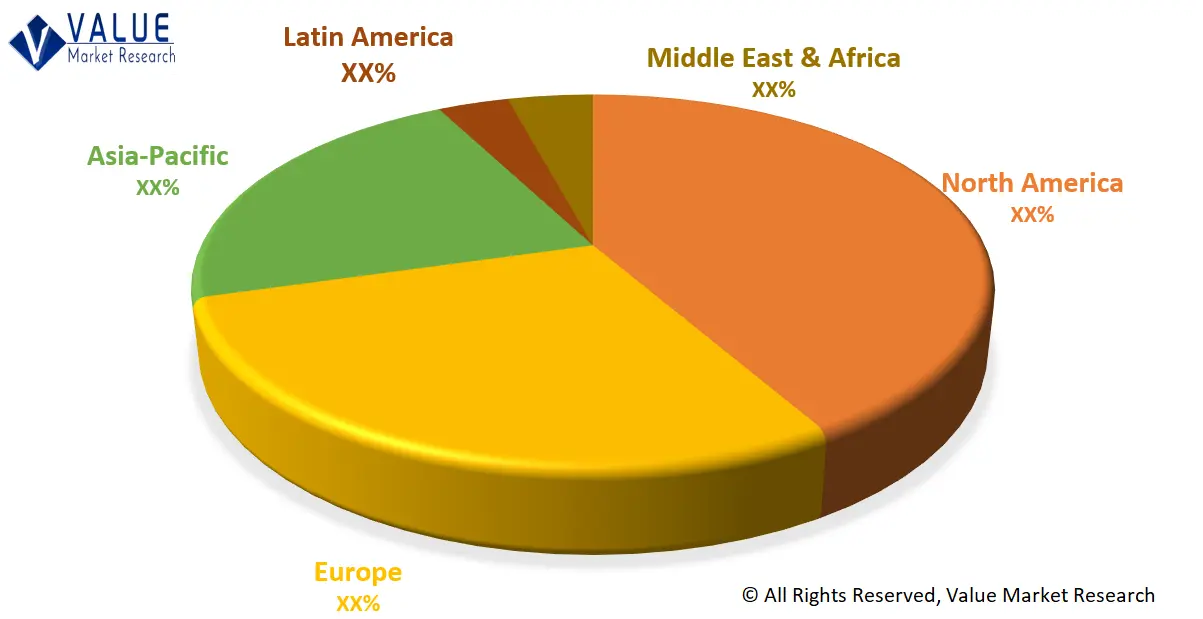The global demand for Radio Frequency Components Market is presumed to reach the market size of nearly USD 119.35 Billion by 2032 from USD 37.85 Billion in 2023 with a CAGR of 13.61% under the study period 2024 - 2032.
Radio frequency components are electronic elements designed to operate within the radio frequency (RF) spectrum. These components include antennas, filters, amplifiers, and oscillators, which are crucial for wireless communication systems like radios, smartphones, and wireless networks. RF components facilitate the transmission and reception of signals, enabling seamless connectivity in modern communication technologies.
Market Dynamics
The radio frequency (RF) components market is witnessing significant growth, driven by the extensive adoption of wireless communication technologies, such as 5G, IoT (Internet of Things), and mobile networks. The increasing use of smartphones, smart devices, and the burgeoning automotive connectivity sector further amplifies market growth. Additionally, the surge in demand for high-speed data transfer and low-latency communication supports the market as RF components play a critical role in achieving these technological requirements. Technological advancements in RF components, including miniaturization and improved efficiency, contribute to their increased integration into a diverse range of electronic devices, bolstering market growth. However, a complex regulatory landscape, including spectrum allocation and compliance standards, can pose hurdles for manufacturers.
The research report covers Porter’s Five Forces Model, Market Attractiveness Analysis, and Value Chain analysis. These tools help to get a clear picture of the industry’s structure and evaluate the competition attractiveness at a global level. Additionally, these tools also give an inclusive assessment of each segment in the global market of radio frequency components. The growth and trends of radio frequency components industry provide a holistic approach to this study.
Market Segmentation
This section of the radio frequency components market report provides detailed data on the segments at country and regional level, thereby assisting the strategist in identifying the target demographics for the respective product or services with the upcoming opportunities.
By Product
- Filters
- Duplexers
- Rf Amplifiers
- Rf Switches
- Modulators And Demodulators
- Mixers And Synthesizers
- Others
By Application
- Consumer Electronics
- Automotive
- Military
- Wireless Communication
- Others
Regional Analysis
This section covers the regional outlook, which accentuates current and future demand for the Radio Frequency Components market across North America, Europe, Asia-Pacific, Latin America, and Middle East & Africa. Further, the report focuses on demand, estimation, and forecast for individual application segments across all the prominent regions.
Global Radio Frequency Components Market Share by Region (Representative Graph)

The research report also covers the comprehensive profiles of the key players in the market and an in-depth view of the competitive landscape worldwide. The major players in the Radio Frequency Components market include Broadcom, Inc., Fujitsu Limited, International Quantum Epitaxy Plc, NXP Semiconductors N.V., Renesas Electronics Corporation, Murata Manufacturing Co. Limited, Taiwan Semiconductor Manufacturing Co. Limited, Texas Instruments, Inc., TDK Corporation. This section consists of a holistic view of the competitive landscape that includes various strategic developments such as key mergers & acquisitions, future capacities, partnerships, financial overviews, collaborations, new product developments, new product launches, and other developments.
In case you have any custom requirements, do write to us. Our research team can offer a customized report as per your need.

